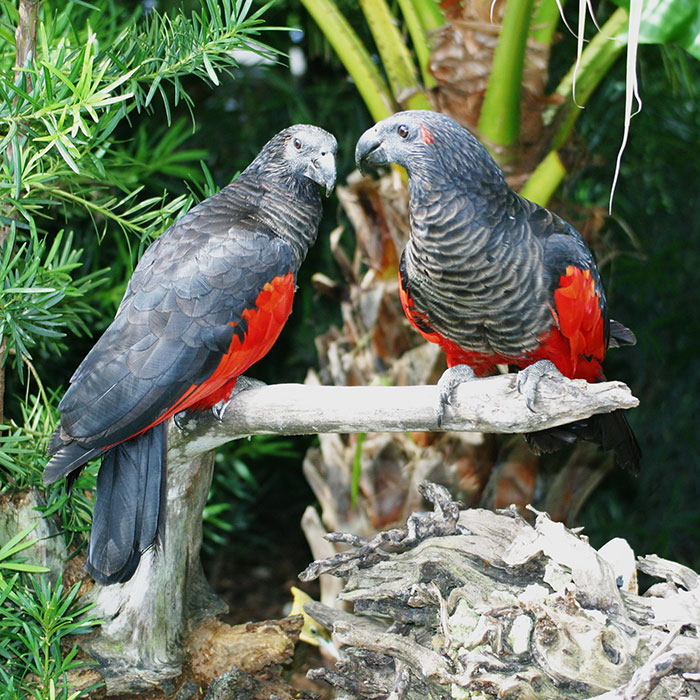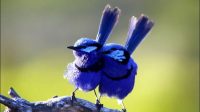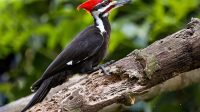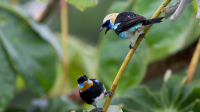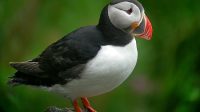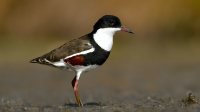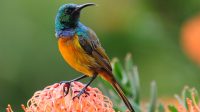When we think of parrots, we usually imagine them as green, red, or blue-colored birds. However, the types of parrots are a lot more diverse than you might think. After all, there are 393 different species of them that all are quite different from one another. From sulfur-crested cockatoos to bronze-winged parrots, these colorful birds never cease to surprise us with their intelligence and beauty. But have you heard of Pesquet’s parrot, which is more commonly known as the Dracula parrot? Pesquet’s parrot is a majestic bird that is also known as Dracula parrot
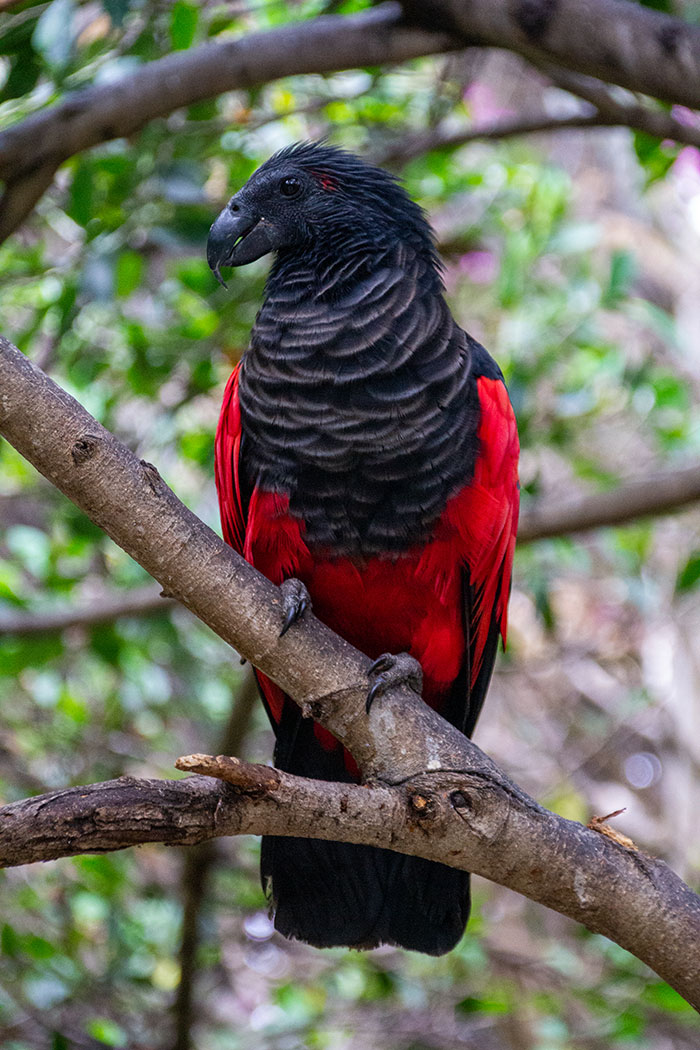
These beautiful birds are easily recognized by their black and grey chests, pitch-black beaks, and strokes of bright red feathers.

Image credits: Charles Davies
Dracula parrots are short-tailed and stretch to nearly 50 cm (20 in) in length. Their weight is around 680–800 g (24–28 oz).
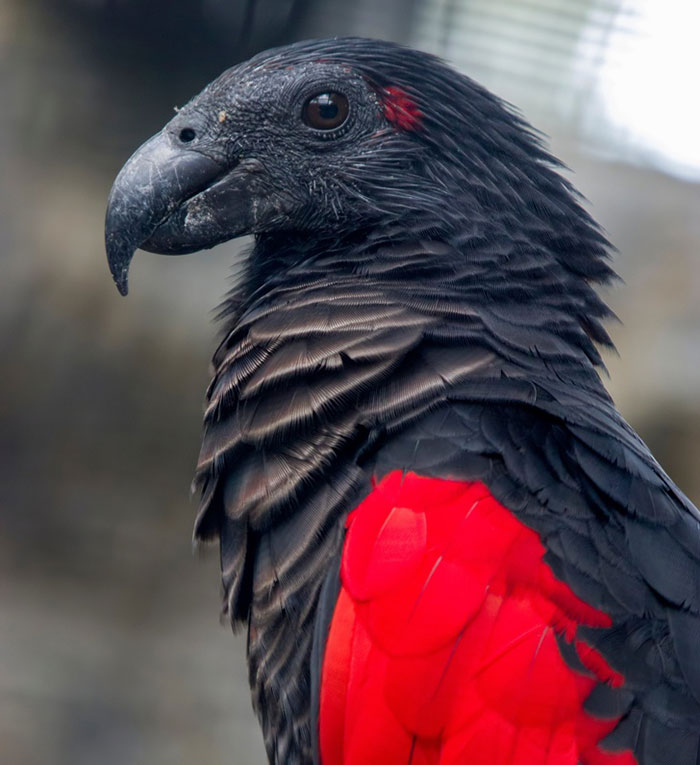
Females and males of this parrot type look quite similar. The only difference between them is that males have red patches behind their ears.
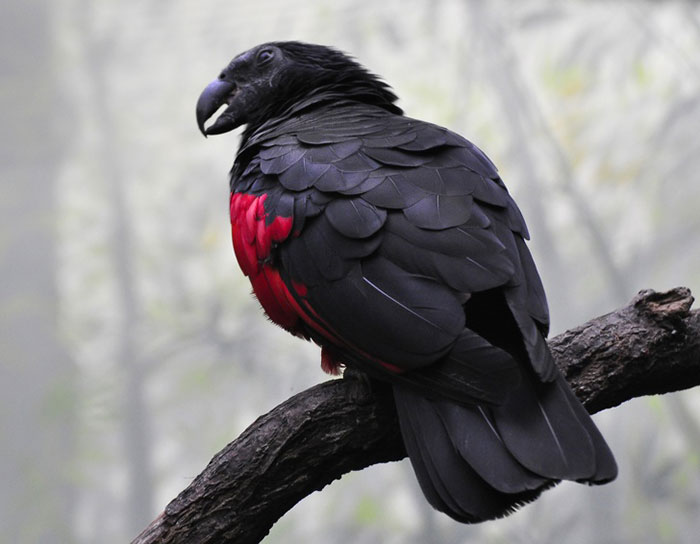
Unlike their other parrot counterparts, these rare birds don’t climb from one branch to another. Instead, they move by jumping.
These birds can only be found in the mountains of New Guinea
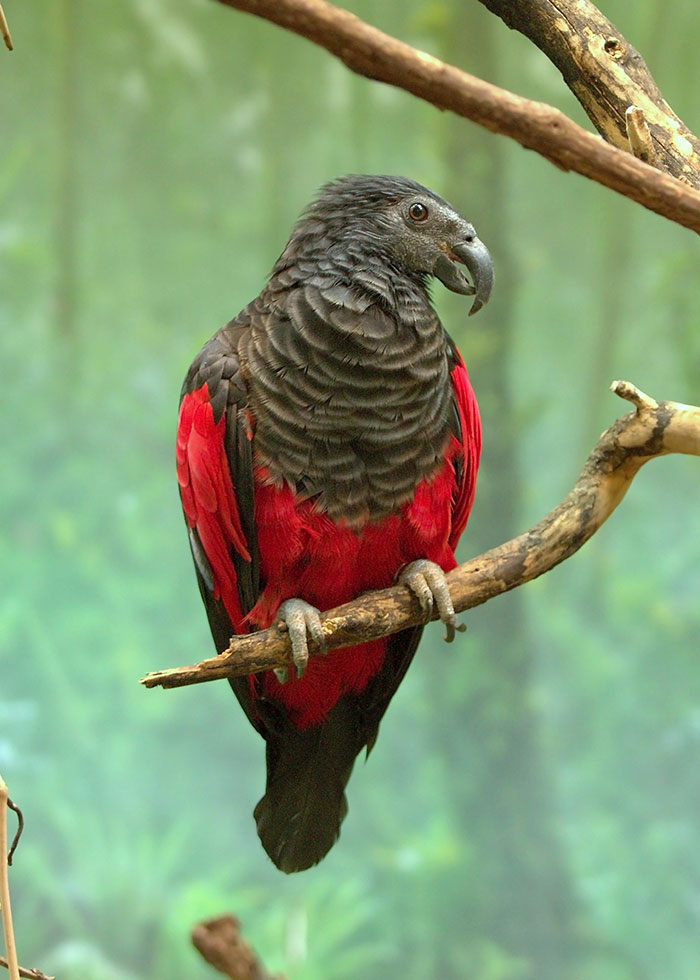
Image credits: Greg Hume
What’s interesting about these birds is that they are one of 3 parrot species that have featherless faces.
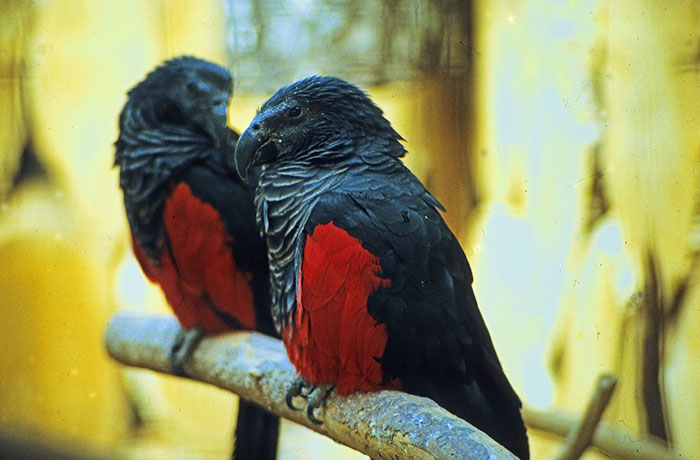
The Dracula parrot can only be found in New Guinea.
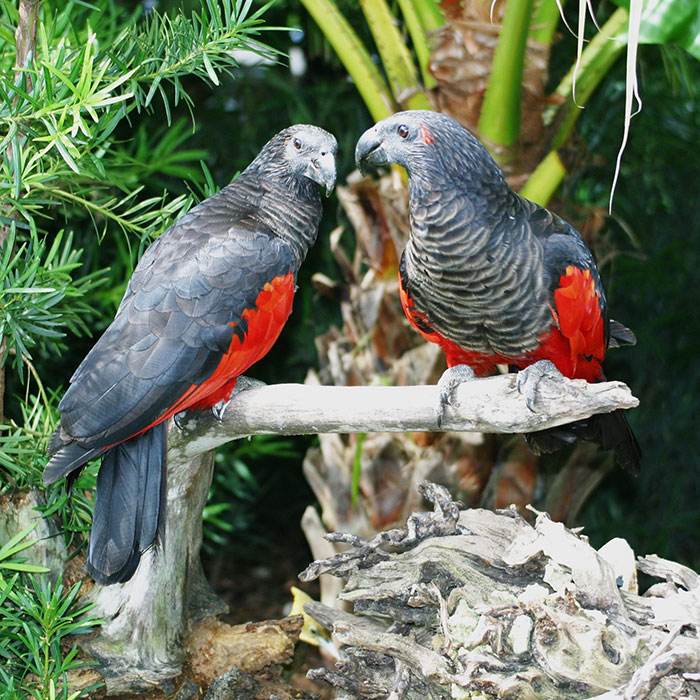
Sadly, these rare animals have become a target for local poachers, which, in addition to increasing habitat loss, has put the Dracula parrots’ population at dangerously low numbers. The only difference between males and females is that male Dracula parrots have red dots behind their ears
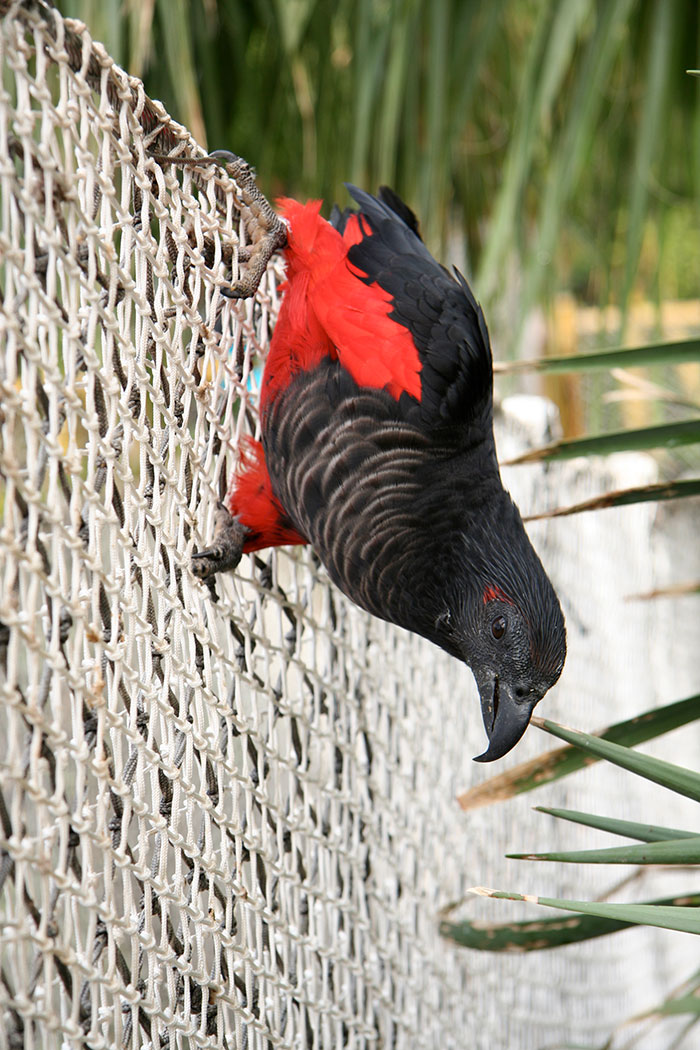
These colorful parrots are hunted for their feathers, which are used for ceremonial dresses, as well as for the meat and cage bird trade.
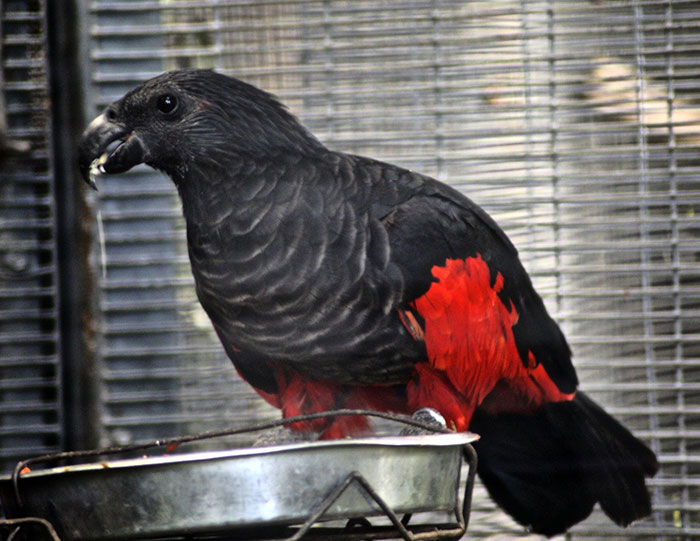
The IUCN Red List of Threatened Species evaluated Dracula parrots as Vulnerable.
 Image credits: Linda De Volder
Image credits: Linda De Volder
Here’s the video of how they look like

